#jjk dump
Photo

#jjk#jujustu kaisen#gojo satoru#toji fushiguro#geto suguru#jjk x reader#jjk dump#papa fushiguro#jjjk geto#anime memes#jjk memes#jujustu kaisen memes#saturosbitch#tumblr#i need more followers#me wasting time#dump#tagsforlikes#idk what else to tag#sorry for the tags#im bored#veiws#mind the tags#tags#no caption
185 notes
·
View notes
Text
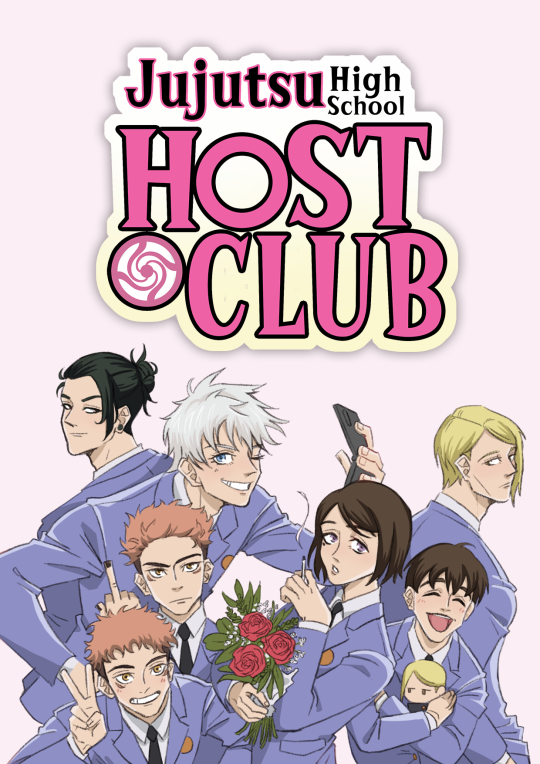
This week's Discord Prompt!
JJK X OHSHC
Find @cocoabell drawing here
#warning! hc dump in the tags#it just FITS SO WELLL EXCUSE ME#like satoru is such a obnoxious brat he fits tamaki so well#oh if gege was one generation younger i swear to god he'd state ooch as his inspo instead of hxh and macros#and shoko being haruhi??? same unbotherednes it just fits#geto being Mom??? AHAHHAHAHAHA#mommy and daddy present lmao#ah and haibara and nanami AAAAAAAAAA#yuji just simply fits because of sukuna#im on a rewatch with cocoabells and we're having the time of our lifes#jjk#fanart#jujutsu kaisen#gojo satoru#shoko ieiri#geto suguru#yuji itadori#sukuna#nanami kento#yu haibara#ouran high school host club#crossover#au#IPMSSA_Tokyo5!Fanart
3K notes
·
View notes
Text

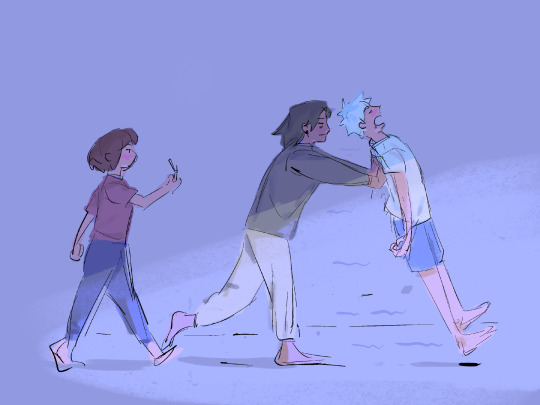
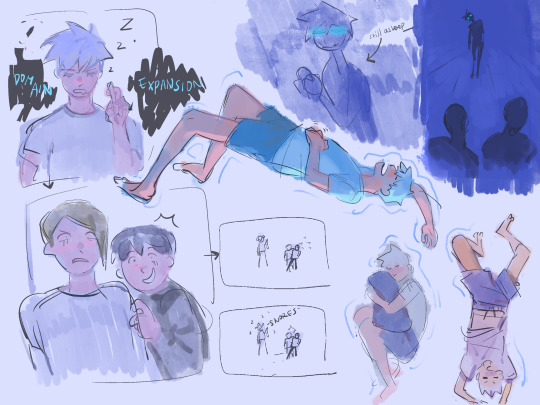
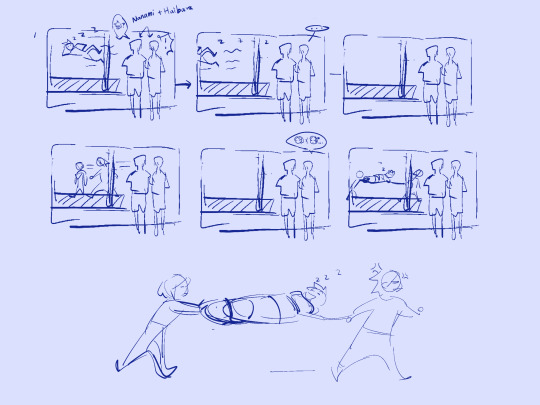
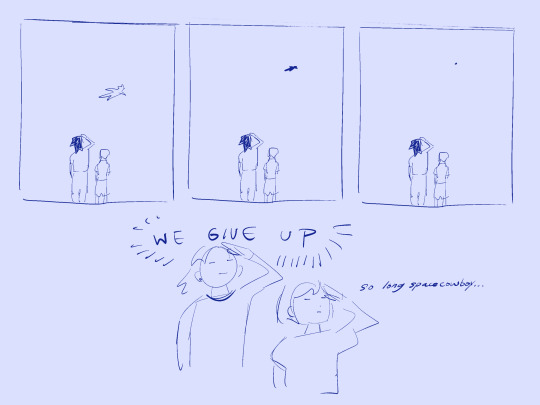
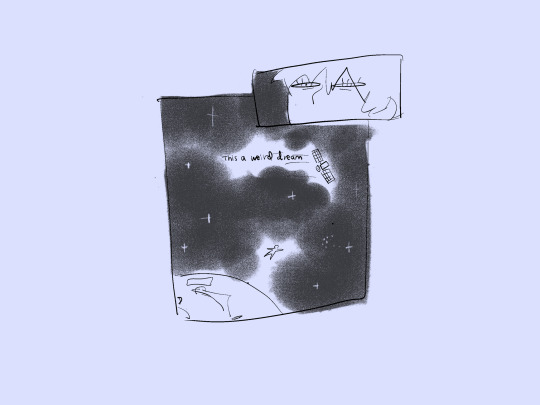
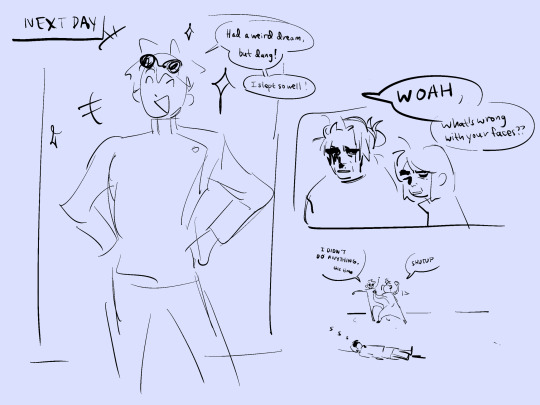
do you ever think Gojo floats while sleeping 💤
#baegl's art#jjk#sashisu#gojo satoru#geto suguru#ieri shoko#nanami kento#haibara yu#sleepwalking more like sleep floating#where did all these doodles come from#LOL#Long post#jujutsu kaisen#srry for the dump
6K notes
·
View notes
Text
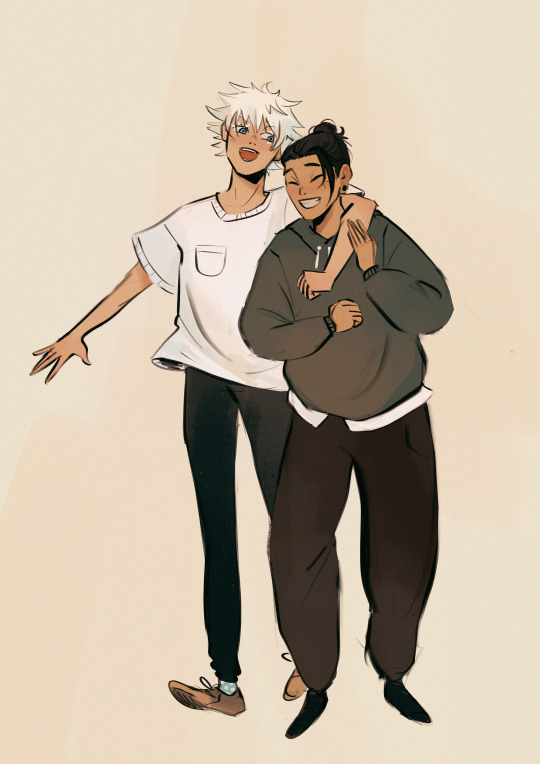

#fanart#jujutsu kaisen#jjk#gojo satoru#geto suguru#satosugu#stsg#sketches#sketch dump#mentally i'm here т_т
6K notes
·
View notes
Text


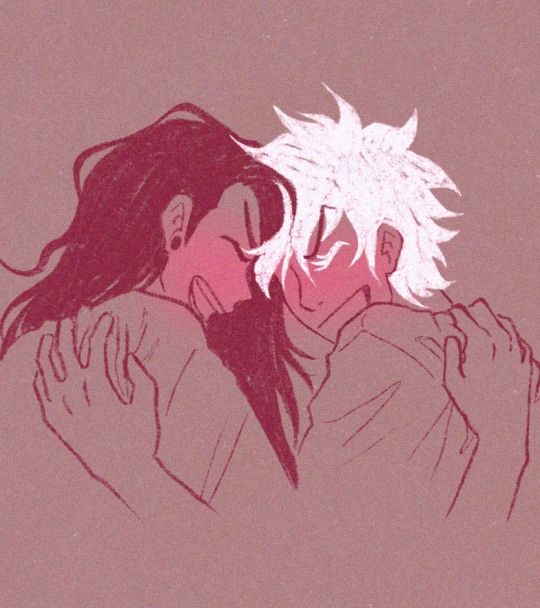

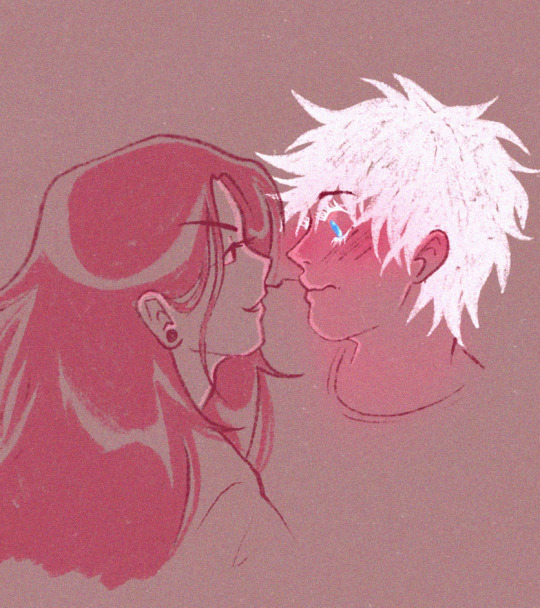

#satosugu#jujutsu kaisen#stsg#geto suguru#gojo satoru#jjk#big dump of them because they have invaded my mind in a way i wont recover anytime soon enough#mistakes have been made#geto and gojo
1K notes
·
View notes
Text

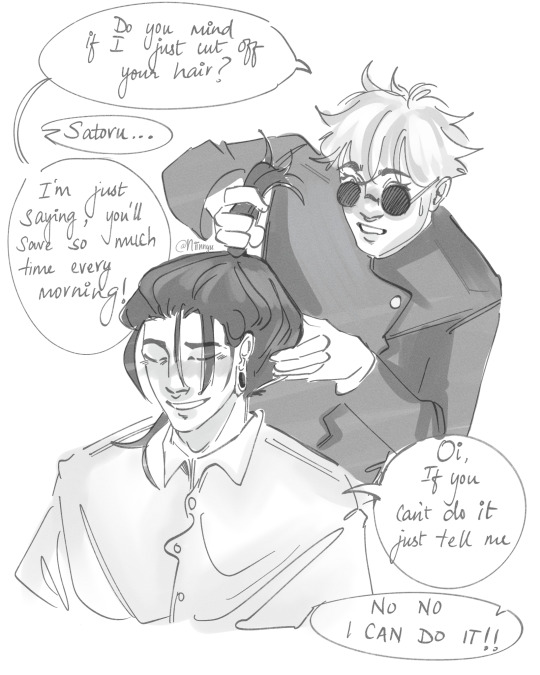
They're sillies
#prompts were to draw shoko and suguru comforting a satoru who had too many burgers#and satoru helping suguru with his hair in the morning#i miss them man#a juju sanpo dump y'know#jujutsu kaisen#jjk#jjk fanart#jujutsu kaisen fanart#geto suguru#gojo satoru#ieiri shoko#shoko ieiri#getou suguru#gojou satoru#sashisu#sss trio#satosugu#stsg#gego#shit art#fanart#niinnyu comics#niinnyu arts
1K notes
·
View notes
Text
love and hate
tw: teenage gojo is unhinged & doesn't understand his own feelings, honestly unintentional but yandere(?) gojo
Gojo Satoru hated you.
He loathed you. How prudish you were when it came to missions. How you'd look when you were scolding him about his “disregard” for the weak--and how your eyes would narrow at him in disdain, your lips curling up into an ugly snarl.
He detested your very being itself, your little habits--what essentially made you, you. Like the way your self-righteousness would near the edge of stubbornness. The way you tilted your head in intrigue whenever something caught your attention. The way your expression would morph into hideous concern whenever you listened to somebody’s problems. The way your eyes lit up whenever you were overjoyed. The way you’d fold your hands over your lap. The way you sat. The way you talked. The way you styled your hair. The way you smelled--addicting to the point it made him recoil yet lurch for more.
The way you just existed. Silently. Unbothered.
He despised you to the point of wanting to cut you open so he could see if there was anything more to hate. He wanted selfishly to see your eyes tear up in anger and hear you curse at him, just so he can see the many other faces you’d make for him. He wanted desperately to make you feel, understand, this intense hatred he felt for you.
And most of all, he cursed you for what you did to him--ravaging his mind night and day. As much as he wanted to see your face swell up as you cried he wanted to see your eyes crinkle once you smiled. He needed you to say his name over and over again--until your vocal cords would turn red with exhaustion. He wished for the feeling of your palm touching his--or maybe he’d even feel the warmth of your body against his. He yearned to sink his teeth into your neck so he could feel you writhe in his arms. He craved your lips as much as Tantalus craved water--out of reach but at the tip of his fingers.
Gojo Satoru hated you. He hated you because you were just too easy to love.
#going off theme and just dumping this drabble onto here#gojo x reader#gojo x you#jjk x reader#jujutsu kaisen x reader#satoru gojo#gojo satoru x reader#gojo#jujustu kaisen#jjk#gojo satoru
488 notes
·
View notes
Text

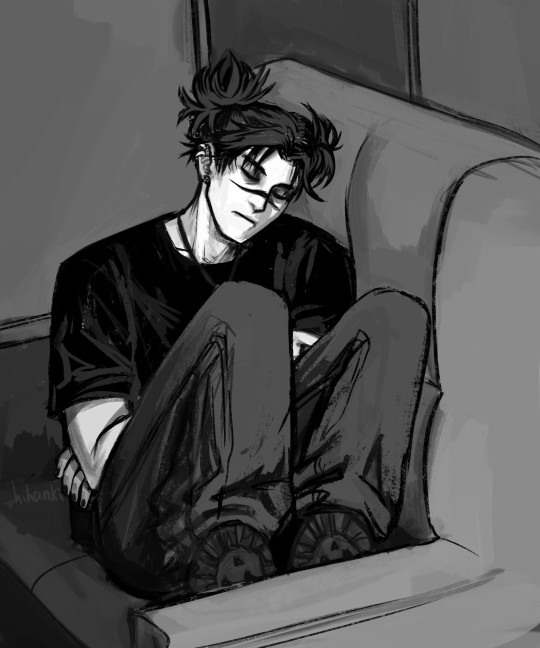
Jjk sketch dump
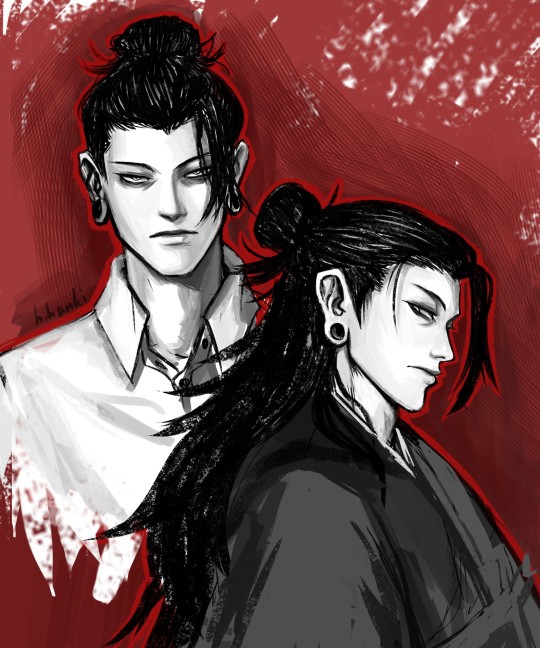

#jjk#jujustu kaisen#sketch dump#geto suguru#choso#nobara kugisaki#megumi fushiguro#jjk fanart#sketches
407 notes
·
View notes
Text

geto ♡
#just me making male sims#ts4#ts4 simblr#the sims 4#sims 4#ts4 screenshots#sims 4 cc#my sims#the sims#the sims community#sims 4 gameplay#ts4cc#the sims cas#the sims 4 cas#sim dump#ts4 cas#show us your sims#the sims cc#mysims#rb#tzr#geto#geto suguru#jjk geto
201 notes
·
View notes
Text
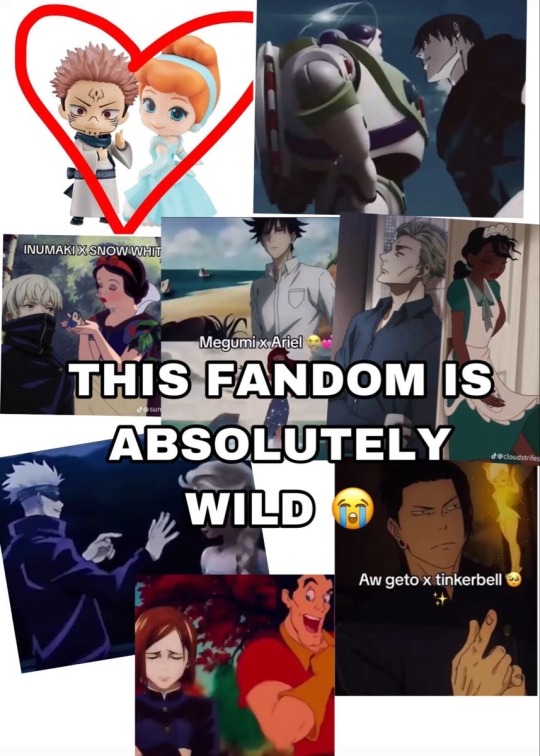
NAH THIS WIIILLDD. YALL NEED TOO CHIILLL.
Credits to og owner
#gojo satoru#jjk#jjk megumi#ryomen sukuna#yuuji itadori#anime#jjk nobara#gojo satoru x reader#jujutsu kaisen#nanami kento#toji fushigro x reader#jjk toji#disney#geto suguru#meme dump#elsa#tiana#snow white#princess ariel#disney gaston#tinkerbell#inumaki toge#megumi fushiguro
159 notes
·
View notes
Note
You mentioned that if we know Denji’s characterization of Killer and Killer’s original backstory that we should understand why he’s so touch starved and has such a messed up definition of love. Is there any way you could tell me who Denji is?? I’m very curious now lol

Denji is a character from Chainsaw Man. I recommend you read the manga or watch the anime - though just the anime alone won't grasp the inspiration I derived from the character into Killer.
I also took inspiration from Gojo Satoru (Jujutsu Kaisen) but more so from his younger self more than the present Gojo.

(These are just drawn for the sake of meme-ing, not actually AG Killer's design)
Further down is explanation and slight spoilers. I don't talk much about it since I want most information to be a slow burn reveal for the characters, as if the audience is getting to know the AGDT cast in real time. (I am a sucker for narratives where it keeps you wanting to psycho-analyze a character rather than revealing everything upfront.)
Starting off with Denji, he's a teen boy who suffered through poverty and taken advantage of for labor just because he's willing to do anything just to get by in life. He's a boy who will do anything to live a normal teen life without having to worry about if he'll die from starvation. Along the story of CSM, he's been treated poorly due to how easily he can be manipulated - he literally has no idea of his own rights as a person. He's also very emotionally unaware because he's lived all alone his life except for a friendly devil named Pochita, who gave his heart to Denji so he can live and become chainsaw man to protect himself. Again, this is just a rough summary I made of Denji's character and I can't exactly explain it here! I recommend watching character analysis video that can further explain him or- you can also check at the original source (manga or anime) yourself which I believe will be worth it since CSM is such a good story.
In AGDT, I suppose you can consider Chara as Killer's Pochita, but in a more unhealthy / partners in crime way. I'll leave that up for the future to explore since at the moment, that's not what I want AGDT to focus on.
As for young Gojo, he's also complicated. He believes himself to be invincible and he can rub off as cocky most of the time. In the story, he holds no compassion or positive feelings for people who are weak - which is essentially everyone for him since he views himself as the strongest. This changed for a while when he was tasked to protect someone - he grew fond of them. However, later on this care disappeared when he perfected a technique - his feeling of pride for himself was stronger than his care for the person he was meant to protect. Gojo is usually nonchalant and playful, also emotionally unaware most of the time as he only thinks about himself (and a fellow 'strongest one' ahem, Geto but that's something I'll ramble for another day). However, he does go absolutely crazy when he's in intense fights since he's absolutely determined to win out of pride.
I would love to talk about what else Killer takes from Gojo but I'd feel like I'd be spoiling everything so I'll leave it for another time to talk about or explore.
There's other medias I took inspiration from for other parts of AG Killer but again, it's a subject to navigate around another time.
I hope this gave some insight on how this variant of Killer is and I hope you enjoyed reading through it!
#lore dump#my artwork#csm denji#jjk gojo#agdt killer#ardent gospel#ag dreamtale#agdt#killer sans#ask
236 notes
·
View notes
Text

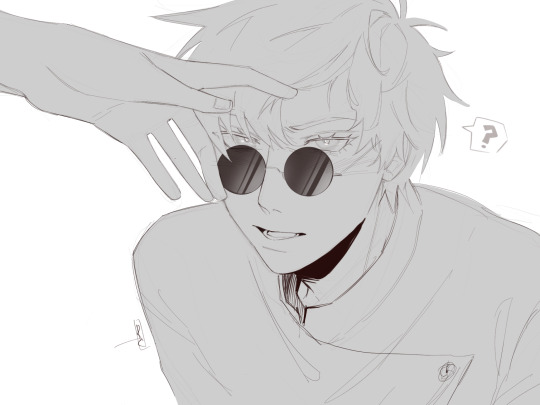
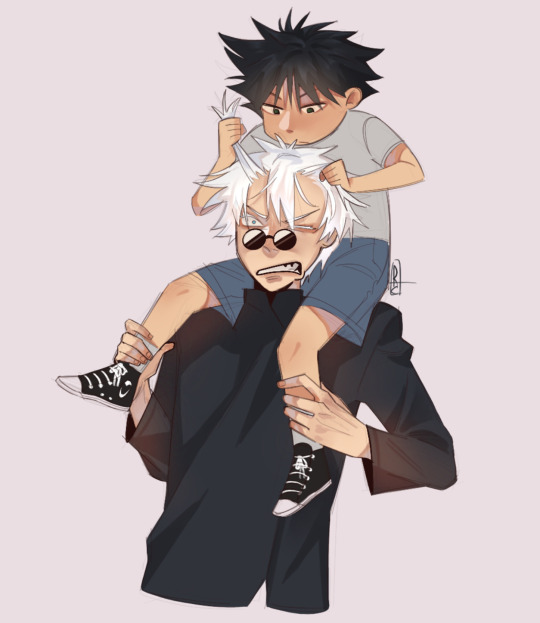

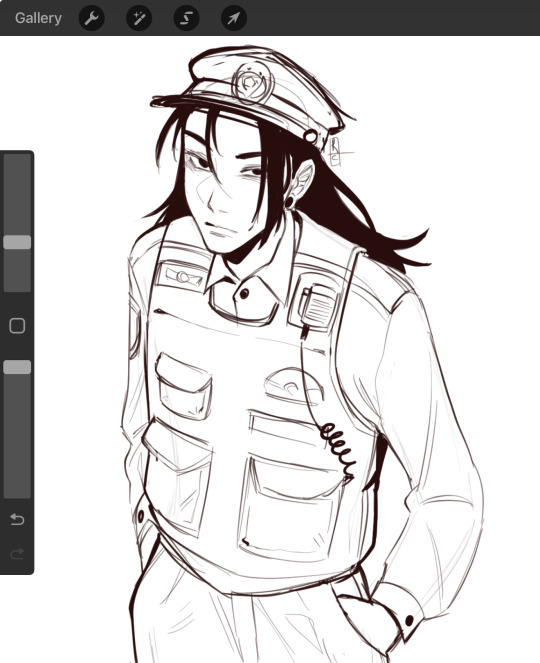

Sketch dump because I’m working on smth rn and don’t have time to do a full piece
Also the fact that I draw Gojo so often is so funny to me, because when I just started to watch jjk I told my friend that Gojo 💯 💯 won’t be my fav, GIRL WHAT IS THIS THEN HUUHHH
#art#artists on tumblr#digital art#drawing#fan art#jjk#jjk fanart#jujutsu kaisen#geto suguru#geto suguru fanart#jjk gojo#gojo satoru#sketch#sketch dump#satosugu#stsg#megumi fushiguro
221 notes
·
View notes
Text

You can't tell me she wasn't the cool babysitter for at least some time
#Warning headcanon dump hahahah#megumi got into fights at middle school all the time and shoko was the one patching him up#he always called her ieiri because he's shy like that and shoko just always pinched his cheek for it#the mcdonnalds one is inspired by a fic called heartbreak soldiers disappointment junkies by bby_rabbit#just megumi telling gojo he's lonely and shoko snikering at that#also hc that tsumiki wants to become a doctor just like shoko#and on her graduation day in middle school shoko braided her hair#plus the kids saw shoko go though med school and she was such a bad influence lmao#but shoko also stopped smiking because she spent more time with the kids#and shoko knowing megumi in baby size and suddenly he gets a growth spurt and is taller then her#ugh my heart#there is not enough shoko & megumi fanart out there#listen#they are baby#shoko ieiri#gojo satoru#megumi fushigoro#tsumiki fushiguro#jjk#fanart#jujutsu kaisen#IPMSSA_FoundFamily!Fanart
1K notes
·
View notes
Text
they are perpetually haunting me
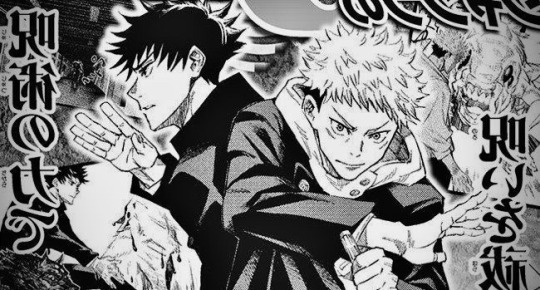
#gumi . misc#not a panel dump this time..im lazy..#jjk#jjk megumi#megumi fushiguro#itafushi#yuji itadori#jjk yuji#jujutsu kaisen
99 notes
·
View notes
Text
➠ Sukuna, the ‘shunned’ child and the demonisation and worship of ‘unwanted’ children in Japanese folklore:
[long read. trigger warning: referenced folktales and practices depict themes of infanticide, religious rituals and child exorcism, demonisation and worship of children, ableism, suicide, implied sa, and period-typical outdated social views. they are not a representation of my personal beliefs. please read with caution.]
New revelations of Sukuna’s past in Chapter 257 made me look deeper into some of the tales and customs from Japanese folklore about children deemed ‘abominable’ in the eyes of society that I had previously noted down and I decided to share as I think they could offer a better insight into Sukuna as a character and what might have inspired Akutami Gege’s depiction of him.
It would be better to start with a bit of the social background of Japanese folklore. I will use the Emishi (an ancient ethnic group of people who lived in parts of Honshū, especially in the Tōhoku region) as an example, the oral tales of whom later blended with Shintō and Buddhist religious concepts and heavily influenced Japanese folklore. It is believed that many of their tales were shaped by the region’s difficult history of natural disasters, famines, and geographic isolation. In the Tōhoku region, infanticide was sometimes used as a form of ‘birth control’ due to repeated famines. The bodies of ‘unwanted children’ were often disposed of in rivers or lakes.
Another important source of such folklore is the city of Tōno in Iwate prefecture, known particularly for Kappa, tales of which could offer a good basis for the beginning of my intended analysis.
Kappa, a green, amphibious, child-like creature with a yellow beak for a mouth and a turtle shell on its back is one of the most popular Yōkai from Japanese folklore. Some researchers say that the darker aspects of Kappa tales in Tōhoku may be an echo of the region’s tragic history of famines and the high rates of infant mortality caused by a harsh climate, natural disasters, and the tax system that was paid in rice. Similarly, many people in Tōno (which is part of the Tōhoku region) believe that tragic history is one of the origins of the stories of Kappa. The Kappa of Tōno specifically are said to be red in colour rather than green, which may allude to the Japanese word for infant - akachan, which derives from aka, the word for red. From this perspective, Kappa are creatures born out of social challenges and disasters. They may not seem all too relevant to Sukuna, but the need to mention them will come up in the later part.
Moving on, at the beginning I mentioned that ‘unwanted children’ were often disposed of in the rivers and lakes, which is also found in the Japanese creation myth. I discussed the variations of the myth in this post about Sukuna previously (you do not need to read it for the moment, but please note that it has many variations), but somehow I did not mention their first ‘inadequate’ child. According to the myth, before they had Kagutsuchi, Izanagi and Izanami had a child as a result of their first attempt at a union, but the child, known as Hiruko (‘Leech Child’), was born deformed. The mistake was attributed to a ritual error on the part of Izanami, who, as a woman, should never have spoken first (i.e. initiated the union). Considering the child inadequate for a diety, they set him adrift in a boat in hopes he would die at the sea. This myth reflects how women and children who were born ‘different’ or seen unable to serve their ‘purpose’ were treated.
Continuing from the myth, Chapter 257 made me think of the tale of Katako, in which the protagonist is born half-human and half-oni. What is Sukuna’s true nature we cannot know for certain. We know he was a human once, but we do not know enough of his past to assume if there was more to him (how and why he as a human might have come to be called the King of Curses will be explained in the later part), but the tale still has the potential to give us insight into Sukuna and his mother’s relationship. The tale has various versions with different endings, but it generally could be summarised as follows:
[A long time ago, a man encountered a man-eating ogre (from here on referred to as oni) while working in the field. He told the oni how much he loved mochi (rice cake), jokingly adding that he could even trade his wife for it. Taking his casual banter seriously, the oni treated him to mochi. The man ate his favourite food to his fill and happily went home only to find that the oni had taken his wife in exchange for the treat. The man searched everywhere and finally found his wife on the island where the oni lived. The man and his wife managed to come back home with Katako (meaning ‘Half-Child’), a child born of his wife and the oni on the island. However, Katako was always ostracised by his human peers (in another version, it is said that he had an insatiable appetite for eating humans). At ten years old, tired of being ridiculed, he asked his mother ‘to cut the oni part of him into pieces’ when he died, and then committed suicide.]
In the tale, Katako’s relationship with his mother seems to be of trust. He is cast out of society by humans and despite his mother being one as well, he does not harbour hate for her, he trusts her enough to leave his final wish upon her. We do not know much about Sukuna’s relationship with his mother, but the manner he referred to her in the last chapter makes it seem that he also harbours no hostility toward her. This tale also shows how children deemed ‘different’ were treated.
In past ages, children, being considered closer to the gods and the Other World, also played the part of intermediary between humans and the gods in Japanese society. This task of mediation between two separate worlds fell to them because they were regarded as incomplete persons (until the age of seven it was considered uncertain whether they would live or return to the Other World: a belief related to the challenges indicated at the beginning). While considered sacred beings different in nature from adults, they were at the same time looked down upon and referred to as kodomo (where ~domo has a negative/belittling connotation), gaki (hungry ghost or demon; brat), or jari (lit. gravel).
Back in the day, people referred to the killing off of ‘unwanted children’ (mabiki or ‘culling’, a common old slang for infanticide) as ‘sending a child back’, and a dead child was given a special non-Buddhist funeral. The various rituals surrounding birth and the child’s upbringing were intended, through communication with the Other World, to transform the child into an earthly being. This aspect of the ritual made me think of Sukuna’s mask and how that part of his face resembles a burn scar (note: i am aware the nature of his ‘mask’ is still not clear and whether it is really one) in some of the official illustrations. It is known that rituals of purification included fire and water magic. Exorcism of demons, aversion of disasters, and other rituals for the removal of pollution were frequent. A katashiro (paper cut in the shape of a man) symbolising the disaster would be burned or floated down the river as well. Personally, I see the possibility of Sukuna’s scar (if it really happens to be one) being from one of such rituals.
Continuing, there is a term - Goryō used to refer to the spirits of those who had died violently (e.g. by murder or execution) and have become gods. It also included those who had died untimely deaths and therefore had been unable to fulfil their purpose in this world. Some notable gods such as Hachiman, Tenjin, and Tenno were once considered powerful Goryō. Great natural disasters and social unrest were attributed to them; rituals designed to appease them were performed, and a cult of such worship evolved. It was (usually) as a result of belief in Goryō that particular individuals came to be worshipped as gods. At times when public unrest threatened the social order, elements estranged or excluded from the ‘normal system/order’ were assigned the status of Goryō and worshipped as such. The cult was intended to purify and renew society. Manga has given us a similar glimpse of Sukuna’s past, where despite being feared (and despised), people were ready to serve him (and pray in his name) for their own well-being. I think Akutami intended to echo this very aspect of society through the scene.
I mentioned that children were considered closer to the gods and the Other World, but not all children were treated equally. One version of the origin of Kamadogami (additional post on the parallels between Sukuna and Kamadogami after Chapter 258) in the Tōhoku region is that he was an ‘ugly child’ from the Dragon Palace who had been killed and was thereafter worshipped at household hearths. Zashikiwarashi, who often inhabits old houses and is said to bring good fortune while he remains, is another household god in the shape of a child or, in another version, the spirit of an unwanted child who, having been killed off, became the guardian god of houses. I mentioned Hiruko at the beginning as well, who was set afloat on the boat in the sea. Despite that, he is in some Shintō shrines identified with Ebisu, the patron of fishermen and tradesmen. Their worship was for the purposes indicated in the previous abstract, to avoid their wrath. Sukuna has not been ‘killed off’ like these children were, but such worship shows us the general psyche of the public.
The ‘ugly child’ who appears in the story of the origin of Kamadogami has parallels in Yokenai, Untoku, Hyotoku, and Hanatarekozo, children who brought good fortune and prosperity to the house in return for offerings to the Watery World of kadomatsu (pine-branch gate decorations for the New Year) and firewood. But despite that, their ‘ugliness’ and names were used as an indication that these children did not belong to this world. It is important to note that socially inferior and rebellious beings were treated in the same manner (here is where the point connects to Sukuna, continued from the next part in depth). Such children were often associated with the colour red. For example, Zashikiwarashi is described as red-haired and red-faced. Kintaro, Shutendoji, and other children born in unusual circumstances (but may not have been considered an ‘ugly child’) and brought up in the mountain wilderness are also said to have had red bodies and were endowed with superhuman strength. I also mentioned that Kappa from Tōno were depicted as red. We see Sukuna often associated with the colour red, particularly, his eyes are red. I believe the above-mentioned could be the reason for that.
I indicated that socially inferior and rebellious beings were treated similarly in the previous part. The character Dō of Dōji (童子, meaning child) once meant ‘slave’, tattooed on the forehead, and was closely linked to notions of personal status. It signified one who was not a complete person and also one who had not yet been initiated, in other words, one who did not belong to the order of this world, one who was in this world but not of it. They were despised, feared, and avoided by ordinary people for their strange appearance and magical powers. In some cases they even formed separate ‘child’ villages (dōji mura), calling themselves ‘descendants of oni (demons)’. Since they played the role of demons during the rituals, they were shunned by the nobility as if they were real demons. Could this somehow connect to Sukuna’s title? I do believe there is a possibility this could have inspired his being as the King of Curses.
Personally, what we know of Sukuna and his past seems to echo these folktales and practices as the foundation of his character. He was a ‘Demon’ for being an ‘abominable’ child, but he was worshipped for this same reason as well. Whether he was born that way after eating his twin in the womb or something happened to him later in life cannot be known yet, but it is clear his ‘abominable’ appearance could have warranted the same treatment from society. It could also explain Kenjaku’s ‘fascination’ with him as a being. We do not know what relationship they had or how exactly they came to know each other, but there is clearly a reason why a being such as Sukuna would ‘work’ with them. We do not know much about Kenjaku either, but it could be possible that they (Kenjaku) once were either (1) one of those ‘priests’ who performed exorcism to purify ‘demon’ children or (2) someone who offered such children refuge (perhaps and more likely, for their own personal gain). It would also relate to the variations of Ryomen Sukuna’s story that inspired Akutami Gege.
[Disclaimer: This post does not intend to demonise Shintoism or Buddhism, but to tell folklore and practices for analytical purposes. Additionally, English is not my native language and this is only a personal interpretation as just another reader that I am sharing in case someone finds it interesting or can use the information for better analysis.]
#oh. ha. guess who zoned out and ended up with this huge info dump.#if anyone actually reads this i will be shocked.#this is probably the last one on sukuna. (watch me change my mind when something new is revealed next chapterㅋㅎ)#jjk#sukuna#jujutsu kaisen#ryomen sukuna#jjk spoilers#jjk analysis#jjk meta#ryoumen sukuna#jjk sukuna#sukuna ryomen#(which one is the actually used tagㅋㅎ)
65 notes
·
View notes
Text
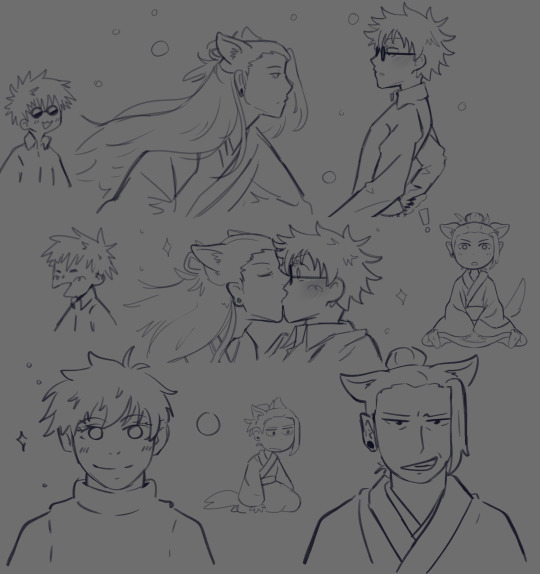
kamisama kiss!satosugu au nobody asked for bc why not
#jjk#satosugu#jujutsu kaisen#satoru gojo#suguru geto#doodle dump#my art uwu#dont think about this for more than .2 secods or the whole au will fall apart 😔#nightposting
97 notes
·
View notes